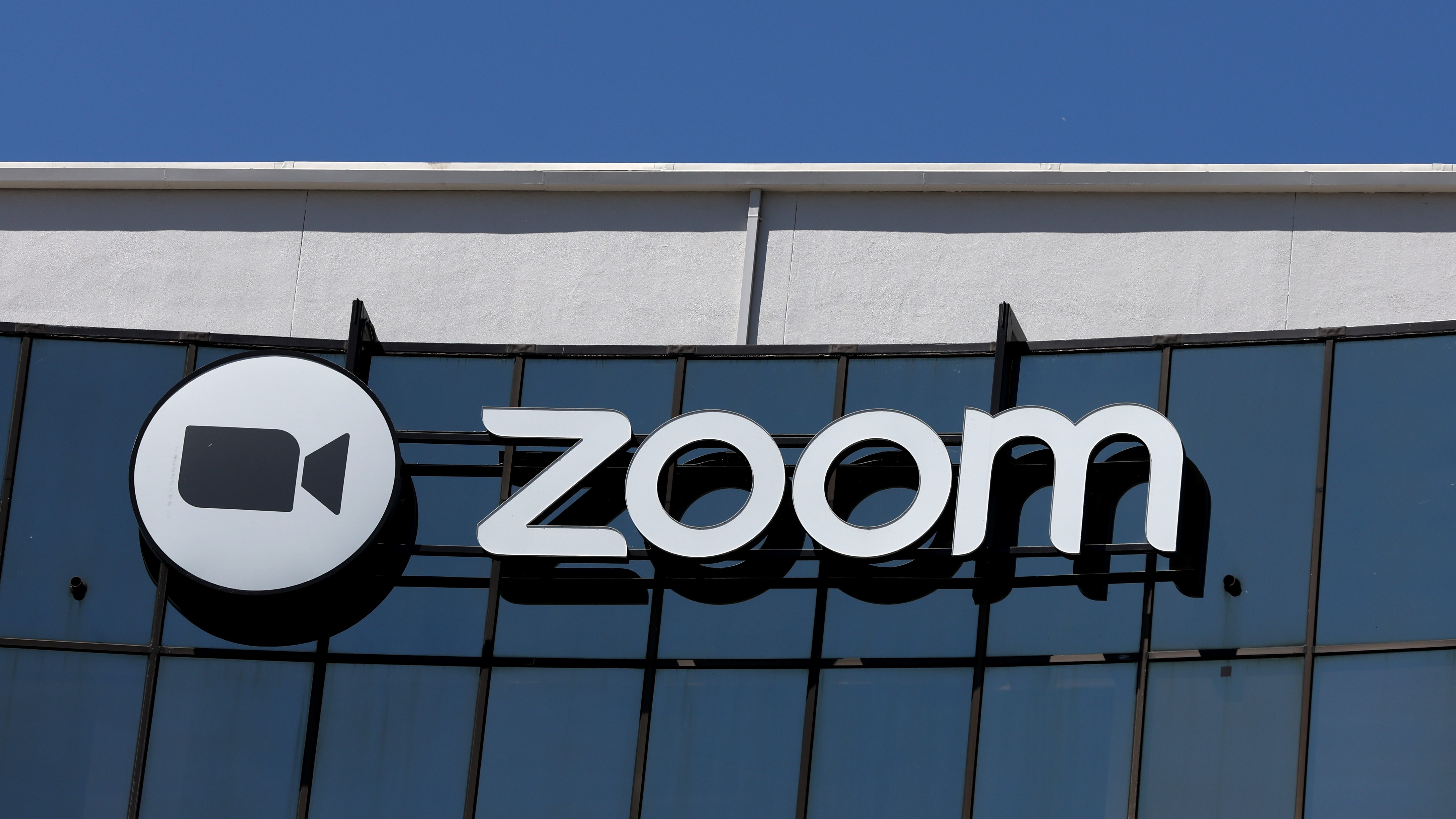
Price-to-Earnings (P/E) ratio of 21.38 suggests moderate investor confidence.
Price-to-Sales (P/S) ratio and Enterprise Value to Sales (EV/Sales) ratio highlight market valuation and revenue generation efficiency.
Debt-to-Equity (D/E) ratio of 0.008 and current ratio of 4.36 indicate strong financial stability.
Zoom Video Communications (NASDAQ:ZM) is currently a focal point for Wall Street analysts as they assess the company’s performance for the quarter ended July 2024. Zoom, a leader in video conferencing solutions, has seen its business model tested and expanded in unprecedented ways, especially during the global shift to remote work. Analysts are digging beyond the surface-level metrics of revenue and earnings per share (EPS) to uncover deeper insights into the company’s market position and future growth potential. This deeper dive into Zoom’s financial health and strategic positioning is crucial for understanding its long-term viability and competitive edge.
The company’s price-to-earnings (P/E) ratio of 21.38 is a key metric that analysts are examining. This figure indicates the premium that investors are willing to pay for a dollar of Zoom’s earnings, suggesting a moderate level of investor confidence in the company’s future profitability. The P/E ratio is an essential indicator of the market’s expectations of a company’s growth and is particularly relevant for Zoom as it navigates the post-pandemic market dynamics.
Another critical metric under scrutiny is Zoom’s price-to-sales (P/S) ratio, which stands at 3.93. This ratio highlights the value that the market places on each dollar of Zoom’s sales, providing insights into the company’s revenue generation efficiency relative to its stock price. Alongside, the enterprise value to sales (EV/Sales) ratio of 3.53 further underscores the company’s market valuation in relation to its sales, offering a broader perspective on its overall financial health.
The enterprise value to operating cash flow (EV/OCF) ratio of 9.12 is particularly telling of Zoom’s valuation in comparison to its operating cash flow. This metric is indicative of how well the company is managing its cash flow in relation to its market valuation, a crucial aspect for sustaining operations and funding future growth. Additionally, Zoom’s earnings yield of 4.68% provides a glimpse into the potential return on investment for shareholders, complementing the analysis of the company’s financial attractiveness.
Lastly, Zoom’s debt-to-equity (D/E) ratio of 0.008 and current ratio of 4.36 are significant indicators of the company’s financial stability. The low D/E ratio suggests that Zoom operates with minimal reliance on debt, reducing financial risk and potentially increasing its appeal to investors. The current ratio, on the other hand, demonstrates Zoom’s capability to cover its short-term liabilities with its short-term assets, further affirming its financial resilience. These metrics collectively offer a comprehensive view of Zoom’s financial health and strategic positioning in the market, as highlighted by Zacks Investment Research.

